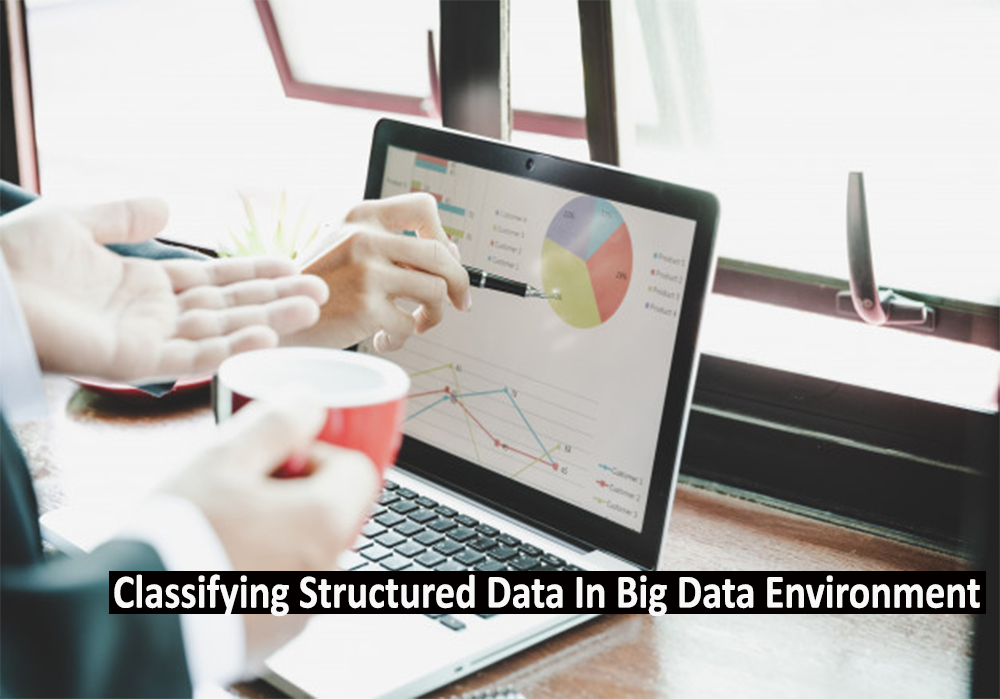Last Updated on by
Classifying Structured Data In Big Data Environment

Before beginning with the classification of structured data let us first give you clear idea on what exactly is data.
Data can simply be interpreted as a collection of facts that are translated into a format that can be processed by computer. In simple terms data is nothing but collection of information. The prominence of data in various domains is undeniable & its importance isn’t unknown to anyone.
There’s absolutely no doubt in saying that ‘data’ is on its way towards changing the face of our world. Through well defined & structured analysis of data it will help in finding the cure to a disease, enhance organizations ROI, make a building more efficient or be responsible for those targeted ads you keep seeing.
Now, What Exactly Is Structured Data?
Structured data comprises of information in a particular format that can only be processed by computer programs. A program comprises of a set of instructions that help in manipulating this data.
Now let us understand the classification of structured data in Big Data environment
Classifying Structured Data In Big Data Environment:
Personal Data-
Personal data mostly comprises of the information which is completely specific to you. This information may include demographics, your location, your email address and other identifying factors. Organizations that have access to your personal data will be using it to provide you with personalized information. The concept of remarketing is largely dependent on your personal data.
Personal Data-
Personal data mostly comprises of the information which is completely specific to you. This information may include demographics, your location, your email address and other identifying factors. Organizations that have access to your personal data will be using it to provide you with personalized information. The concept of remarketing is largely dependent on your personal data.
Transactional Data-
Transactional data can be interpreted as the data that requires an action to collect. This relates to the information obtained when you click on an ad, visit a certain web page, making a purchase & such related actions.
Analyzing transactional data will help the organizations to uncover hidden patterns & correlations. This presents them with a clear idea of changes in the market trends, customers’ interest & their choices of preferences.
Web Data-
Whenever servers, applications, networks, and so on operate, they tend to acquire all kinds of data about their activity. This can amount to huge volumes of data that can be useful, for example, to deal with service-level agreements or for making prediction about security breaches & such.
Sensor Data-
Sensor data is collected from objects that consist of sensors to rely information. Consider the example of a smart watch that calculates your heartbeat rate, number of steps you have walked & such. This concept can be related to the technology of Internet of Things.
Interested in learning more about how to process, store & analyze the data?
If so, join our Kelly Technologies analytics learning program of Data Science Training In Hyderabad to get a clear knowledge of concepts related to data research & analysis.

